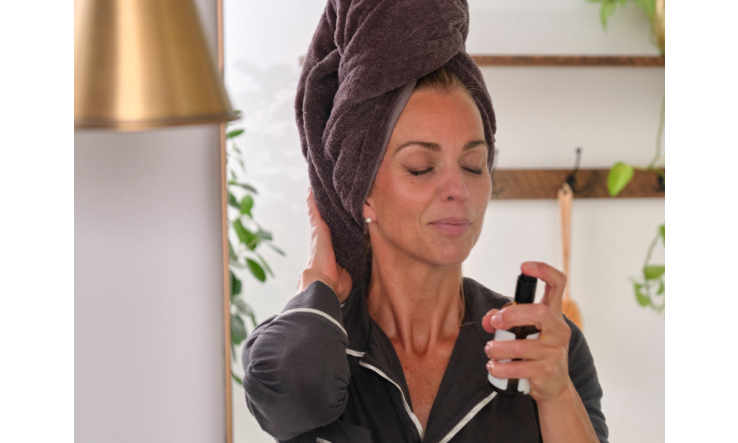A specialist's explanation
Dr. Stacy T. Sims, MSc, PhD, is an internationally renowned exercise physiologist and nutrition scientist who aims to revolutionize exercise nutrition and performance for women. She is known to criticize programs like Orange Theory and F45 because she mentions that these programs are specifically aimed at this age group of women and that it is not appropriate because it is not true high-intensity work. 1
In these programs, there's a lot of movement, a lot of sweating, and a lot of calories burned. But according to her, this puts women in a moderate-intensity situation where they're so used to leaving these classes feeling completely drained, that when you tell them the workout isn't working for them because it puts you in a state of intensity, it raises cortisol, but it's not a strong enough stress to invoke the post-exercise growth hormone and testosterone responses that we want to dampen cortisol. That's the reason for this emphasis saying that women over 40 shouldn't do high-intensity work, when in fact, they shouldn't do moderate-intensity work. They absolutely must avoid this tendency, what is needed is: real high-intensity work, that is, one to four minutes at 80% or more - or if you are doing a Sprint interval, that is at full intensity for 30 seconds or less.
Dr. Sims is interested in women who are really trying to maximize body composition changes and longevity and who, unfortunately, opt for cardio because they think it will help them change their body composition and reduce their body fat.
What is plyometric training and its benefits for women?
Plyometric training involves quick, powerful movements, such as jumping, hopping, and bounding, which help improve muscle power, speed, and agility when performing tasks or movements.
Women are often dismayed when they see Dr. Sims's emphasis on plyometric training in her "Menopause for Athletes" program. Dr. Sims mentions that we've been taught that as we age, we should take it down a notch, not up a notch. According to her, this isn't true. Women of all ages can benefit from incorporating plyometrics into their training to improve their power, speed, and agility, as well as their metabolic and bone health.
A systematic review of recent literature on plyometrics and adults aged 58 to 79 years found that plyometrics often improved muscle strength, bone health, body composition, posture, and physical performance. 2 None of the studies reported an increase in injuries or other adverse events related to plyometric exercises among participants. The researchers concluded that “plyometric training is therefore a feasible and safe training option with the potential to improve performance, function, and health-related outcomes in older adults.”
References:
2. T., Steffl, M., Stastny, P. et al. The Efficacy and Safety of Lower-Limb Plyometric Training in Older Adults: A Systematic Review. Sports Med 49, 113–131 (2019). https://doi.org/10.1007/s40279-018-1018-x
Maison Jacynthe disclaims all liability. All information contained on this page is not intended to replace justified allopathic treatment or to disregard the expertise of the medical profession. It is up to each individual to take charge of their own health, to inform themselves, and to make the necessary changes to improve their condition. Therapeutic supervision by a qualified health professional is obviously recommended.


































































Leave a comment